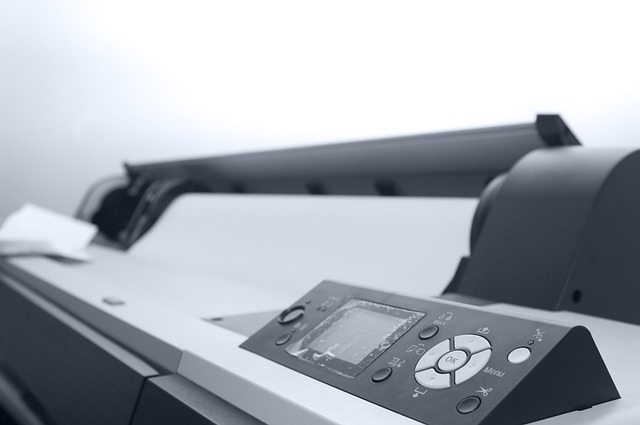The Ultimate Guide to Sequencing Formats in Content Creation
In the ever-evolving world of content creation, the way you present your ideas can make a significant impact on your audience’s engagement. Understanding the different sequence formats available to you is crucial in crafting compelling stories and messages. In this guide, we’ll explore various sequencing formats that will elevate your content and resonate with your readers.
What is Sequencing in Content Creation?
Sequencing refers to the structured arrangement of content elements to convey a message effectively. It’s about showcasing your thoughts in a logical, engaging manner that your audience can easily follow. When executed well, a strong sequence enhances clarity and flow, making your content more relatable and digestible.
Why Sequencing Matters
Imagine watching a movie where scenes are jumbled and out of order. You’d likely find it confusing and disengaging. Similarly, in content creation, a carefully planned sequence captivates your audience, guiding them through various stages of understanding and emotional engagement. Proper sequencing can transform mundane information into an intriguing narrative that keeps readers hooked from start to finish.
Popular Sequencing Formats
Here are some of the most effective sequencing formats used in content creation:
1. Chronological Sequence
This format organizes content based on the order of events or processes. It’s particularly effective for storytelling or explaining steps, ensuring that the audience can easily follow along. Think of a narrative that begins with an introduction, progresses through events, and concludes with a resolution.
2. Problem-Solution Sequence
In this format, you start by presenting a problem, followed by potential solutions. It engages readers by identifying a pain point they may be experiencing and positioning your content as a guide to resolving it. This structure not only hooks your audience but also provides value by offering practical solutions.
3. Comparative Sequence
When dealing with multiple ideas, products, or perspectives, a comparative sequence allows you to contrast and compare them effectively. This format helps readers weigh their options by providing clear distinctions and highlighting pros and cons, facilitating better decision-making.
4. Thematic Sequence
This approach revolves around organizing content by themes or categories, making it great for in-depth explorations of different aspects of a topic. In a thematic sequence, each section addresses a different theme, allowing readers to grasp the more significant picture while still digging deep into specifics.
5. Circular Sequence
A circular sequence is compelling for thematic content where the narrative comes back to the starting point, creating a satisfying sense of closure. It works particularly well in storytelling, leaving your audience with a lasting impression or a call to action that resonates long after they’ve finished reading.
Tips for Effective Sequencing
To master the art of sequencing in your content creation, consider the following tips:
- Know Your Audience: Understanding who you are creating content for helps you choose the right sequence format that resonates with their expectations and preferences.
- Be Clear and Concise: Clarity is essential. Ensure that each section flows naturally into the next, maintaining coherence throughout.
- Use Visual Aids: Infographics, diagrams, and other visuals can enhance understanding and keep your audience engaged, especially with intricate sequences.
- Keep the Goal in Mind: Every sequence should serve a purpose. Whether it’s to inform, entertain, or persuade, alignment with your overall goal is key.
Experiment and Adapt
Ultimately, the best way to find your perfect sequencing style is through experimentation. Don’t be afraid to try different formats and tailor them based on your audience’s response. Content creation is a living process, and adaptability will keep your approach fresh and engaging.
As you dive into the world of content creation, remember that the sequence you choose can significantly shape your audience’s experience and interaction with your content. With the right sequencing format, your work can transform from simple presentations into captivating narratives that don’t just inform but truly connect with your readers.


